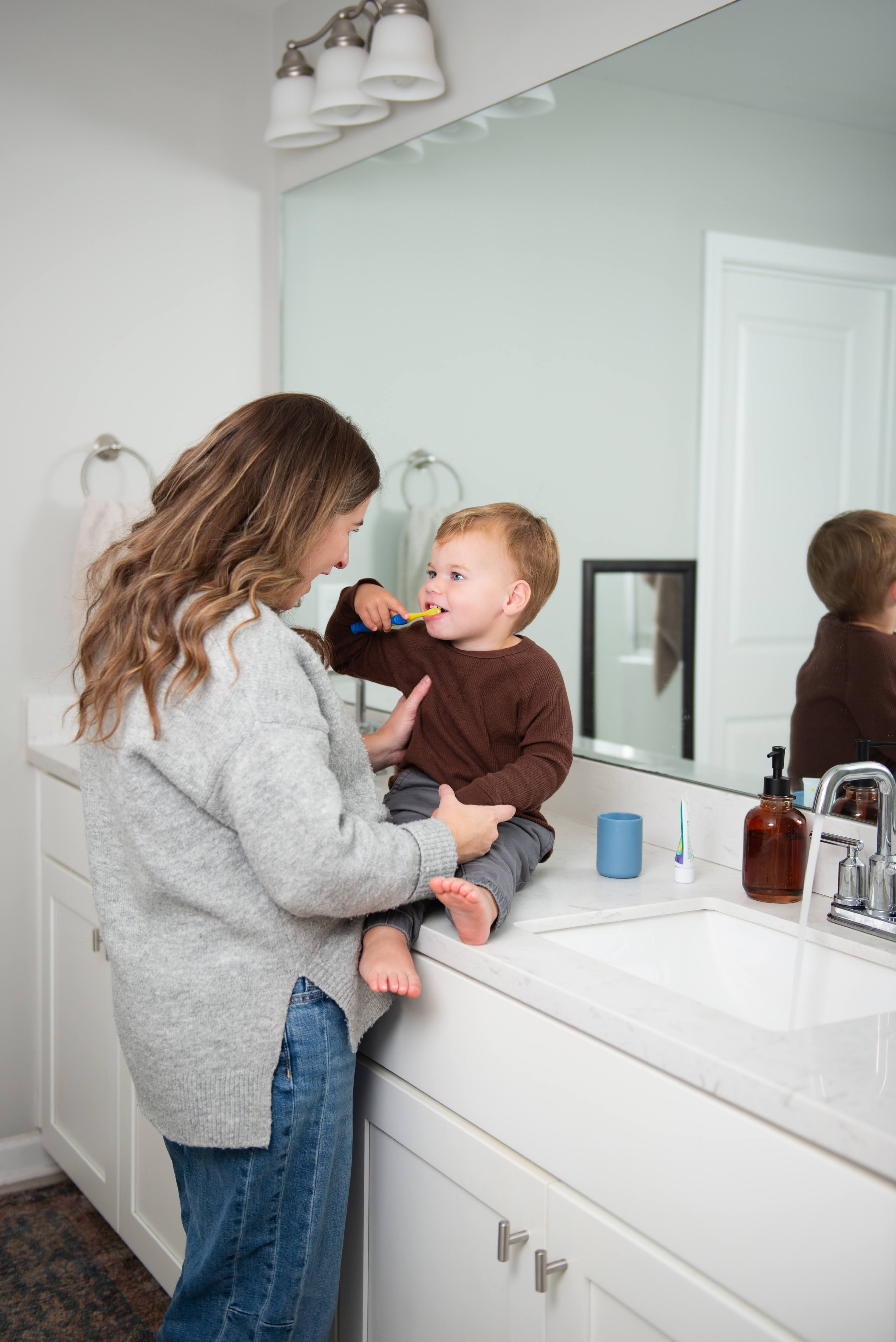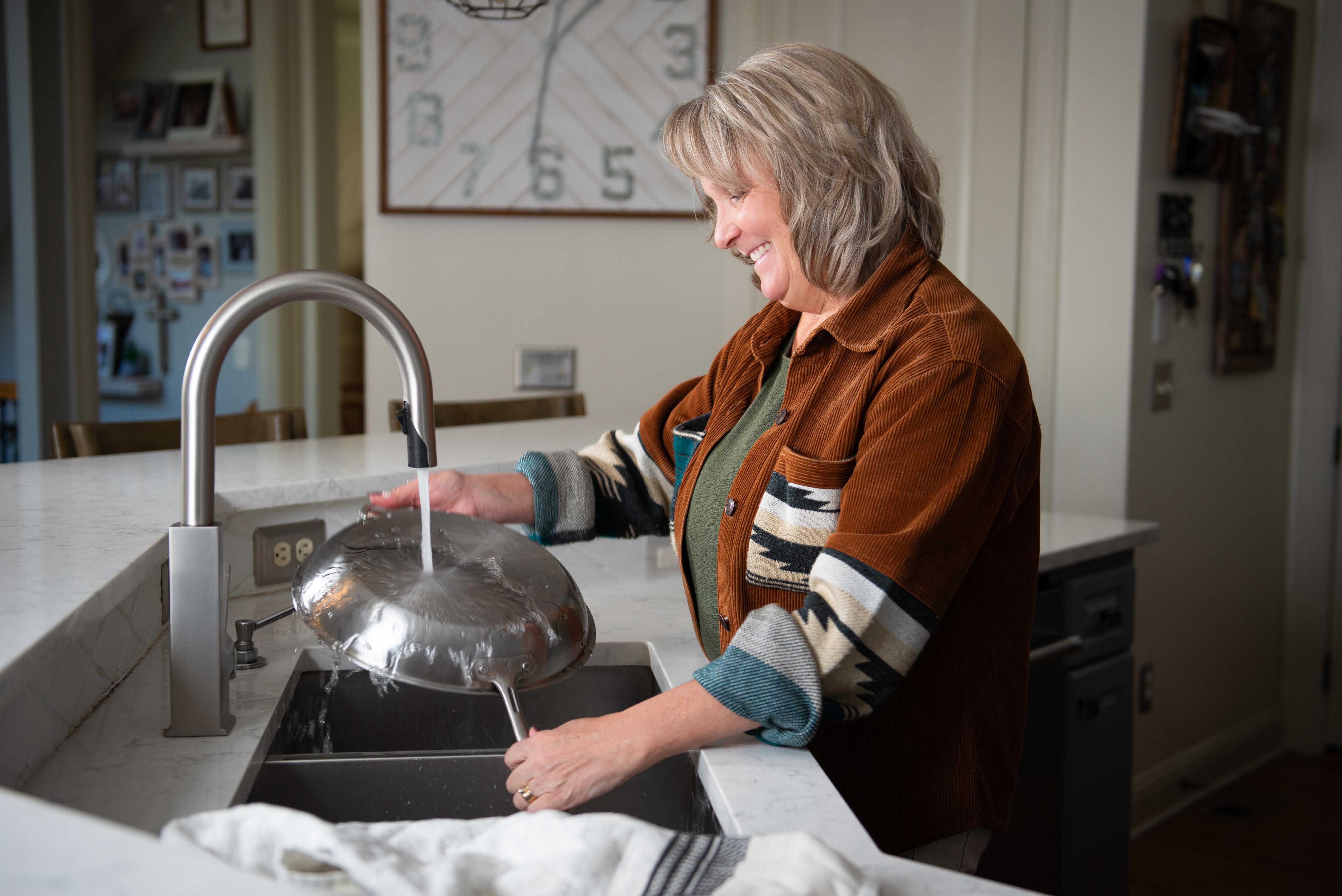
Protect Your Home From Frozen Pipes This Winter
As the temperature starts to drop below freezing, now is the time to complete a few easy steps to protect your home from frozen pipes this winter.
Since waiting until the temperature drops might not give you enough time, it could slip your mind, or you could be out of town, we suggest completing a few steps now and a few steps later.
Here are 2 easy steps you can do now to prepare for winter:
1. Turn off outside faucets at the interior shut off valve.
After shutting off faucets from the inside, open the faucet on the outside and let all the water drain. You can leave the outside faucet open.
2. Remove any hoses and place foam covers on any outside faucets.
Drain the hoses and store them inside for the winter. You can also place foam covers on outside faucets for additional protection.
Here are 2 steps for when the freezing temperatures arrive:
1. For outside faucets without interior shut off valves, let the faucet drip when the temperature drops.
Moving water is less likely to freeze. Not only does the water move before it has the chance to freeze, it’s usually replaced by warmer water.
As a result, a slow but steady dripping faucet can go a long way in preventing frozen pipes.
In Georgia, houses are not always built to protect pipes from harsh conditions, so you could have some pipes in vulnerable places. Pay extra attention to locations exposed to wind, which can cause more problems than the actual temperature.
2. Keep your house warm at night.
This doesn’t mean you have to crank up the heat. Setting the thermostat to the same temperature you maintain during the day can be enough. Reducing the heat just to save on energy costs could lead to far more costly problems if any pipes burst.
When you maintain a higher temperature in your home, you can open up your cabinet doors and allow the warm air to circulate and keep the pipes warm. You can also drip any interior faucets for additional protection.
And if you’re away during the winter, don’t turn off your system. You can just lower the temperature, usually nothing below 55 degrees F, to prevent your house from getting too cold.
If you need assistance, you can always reach us at 770.560.1792.





